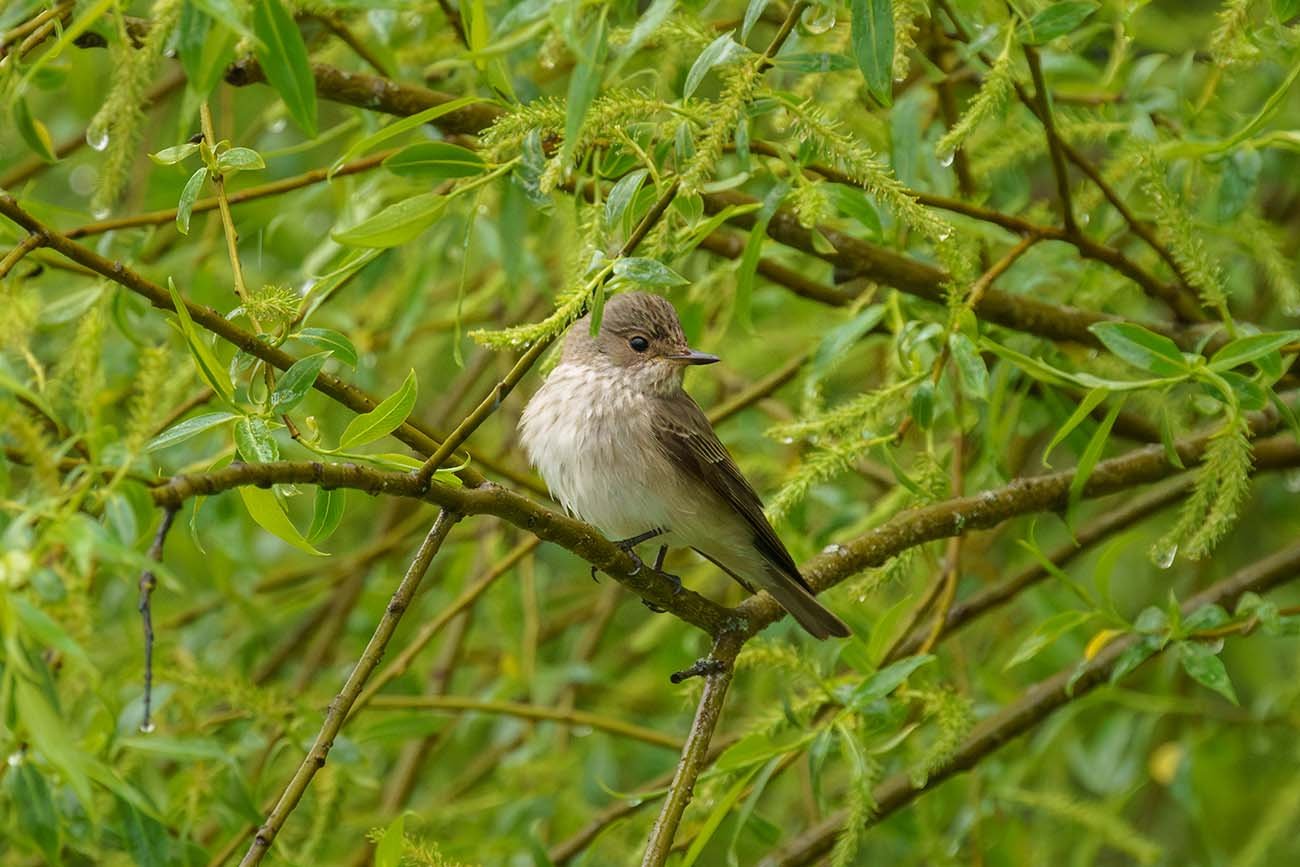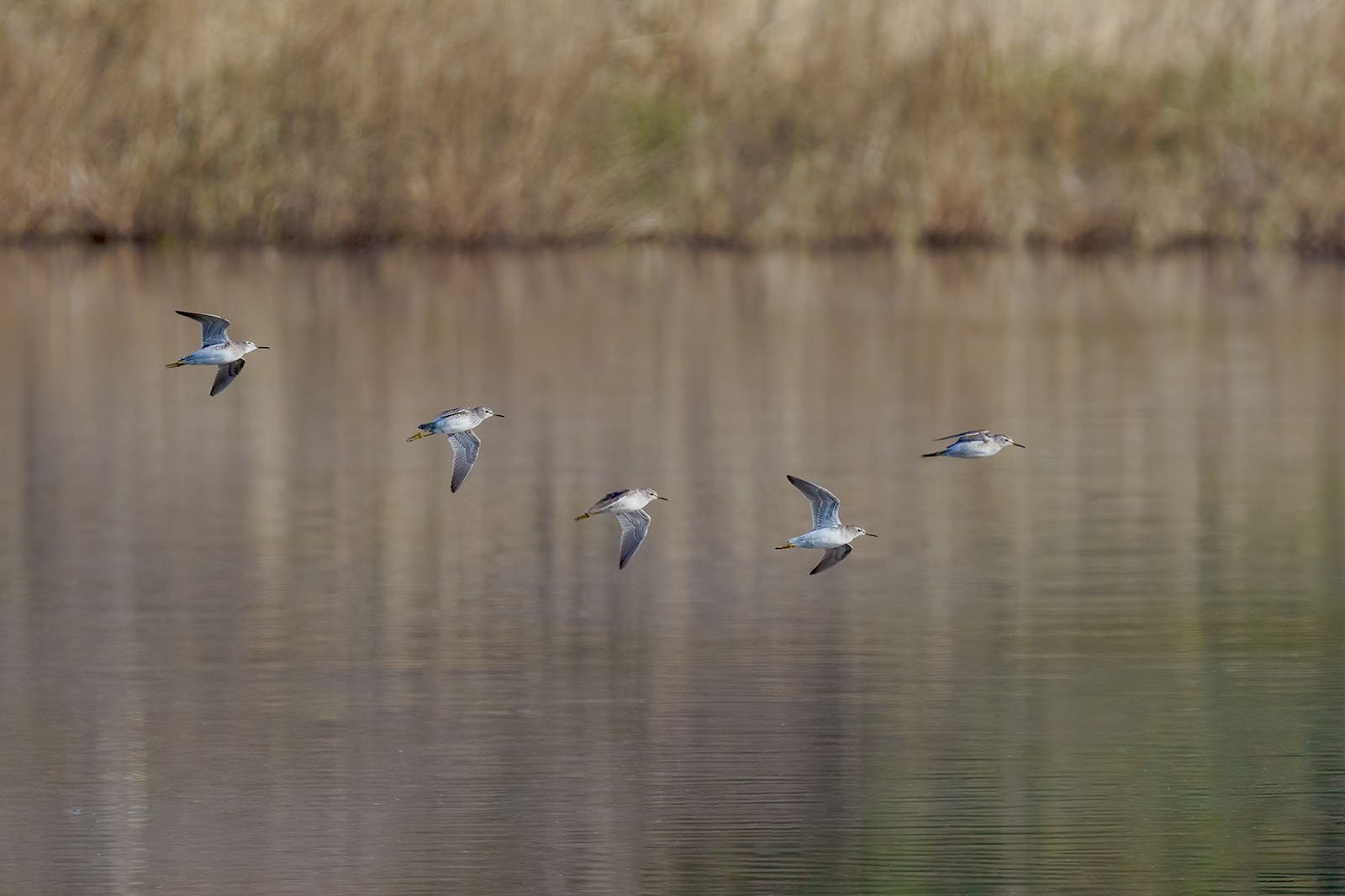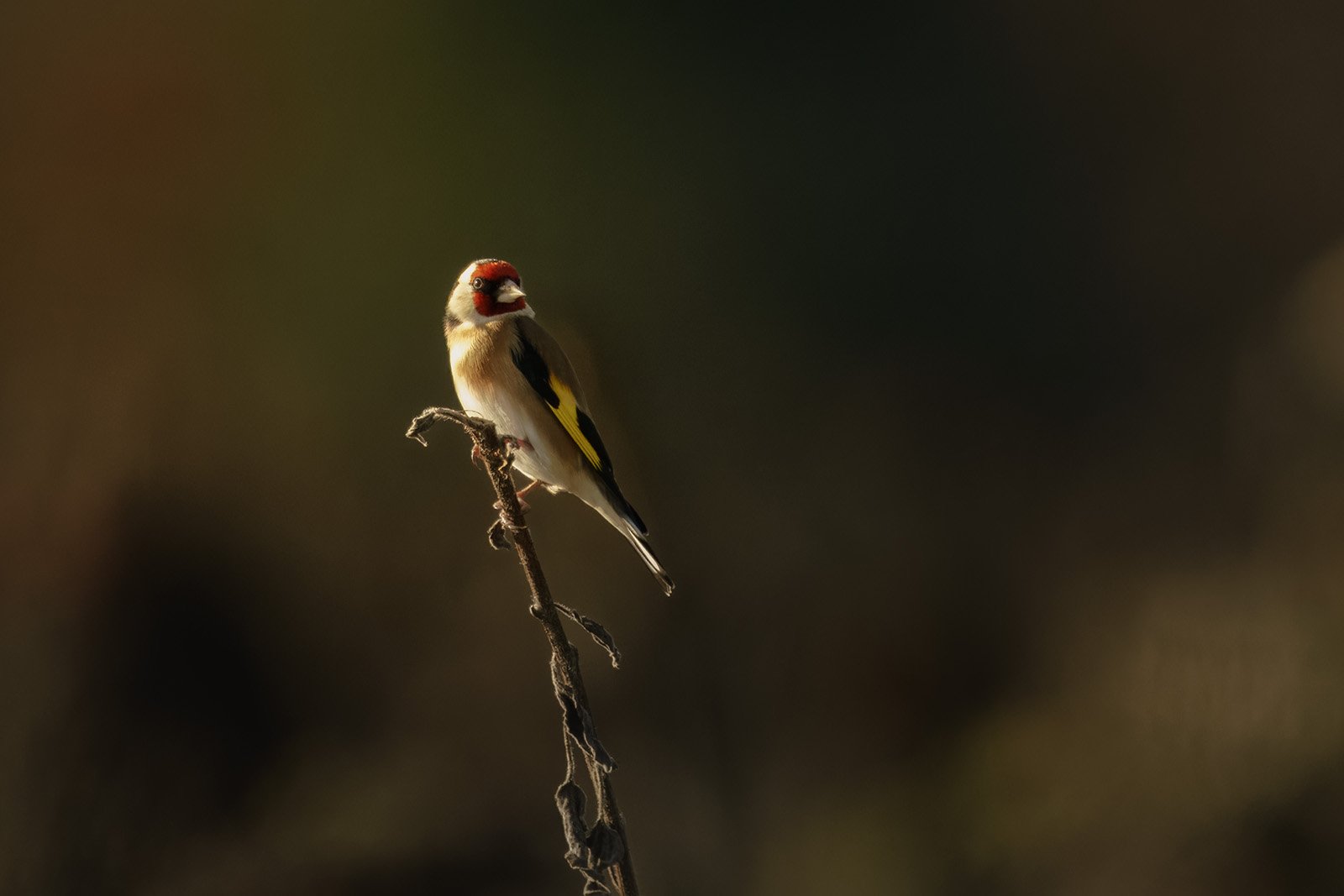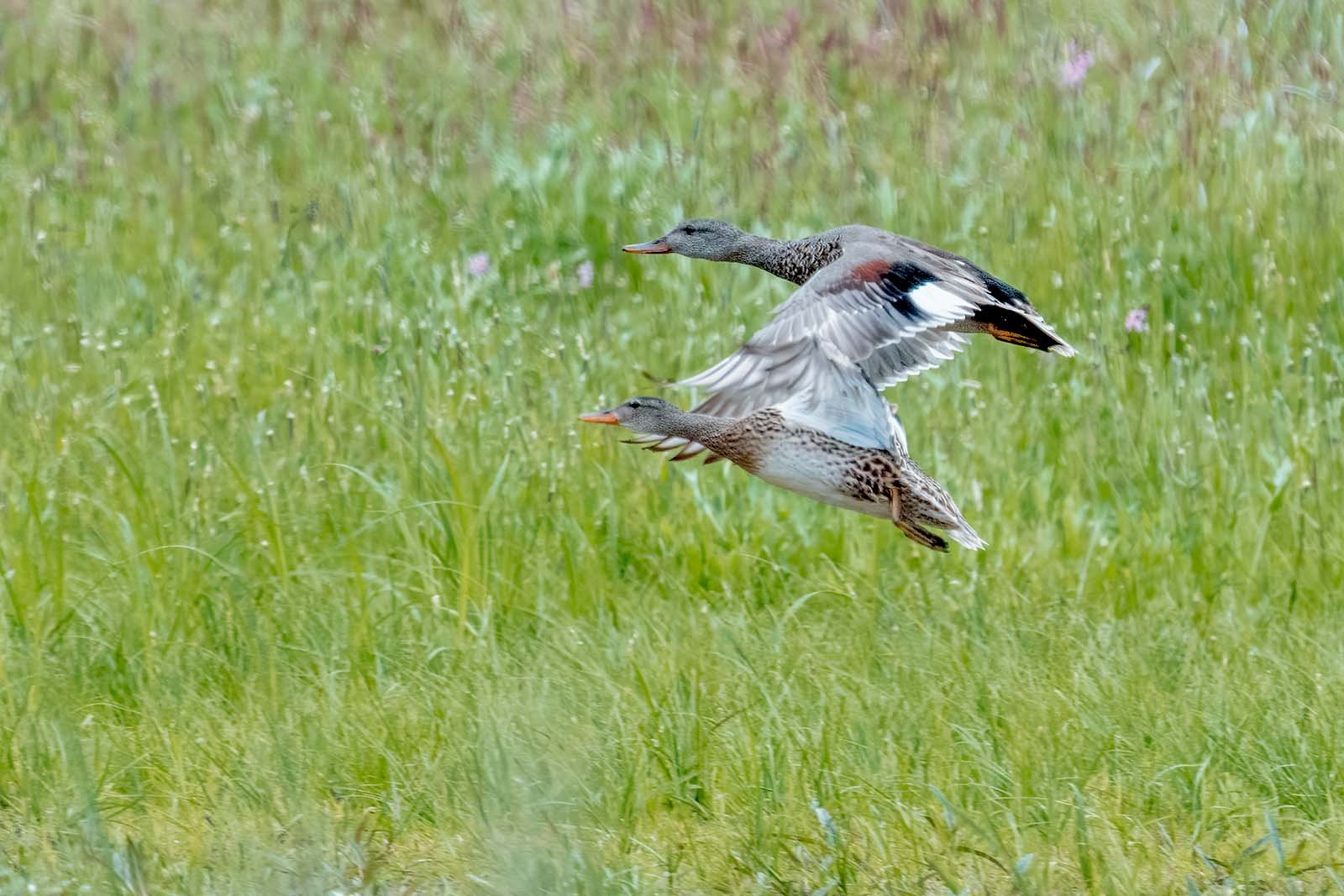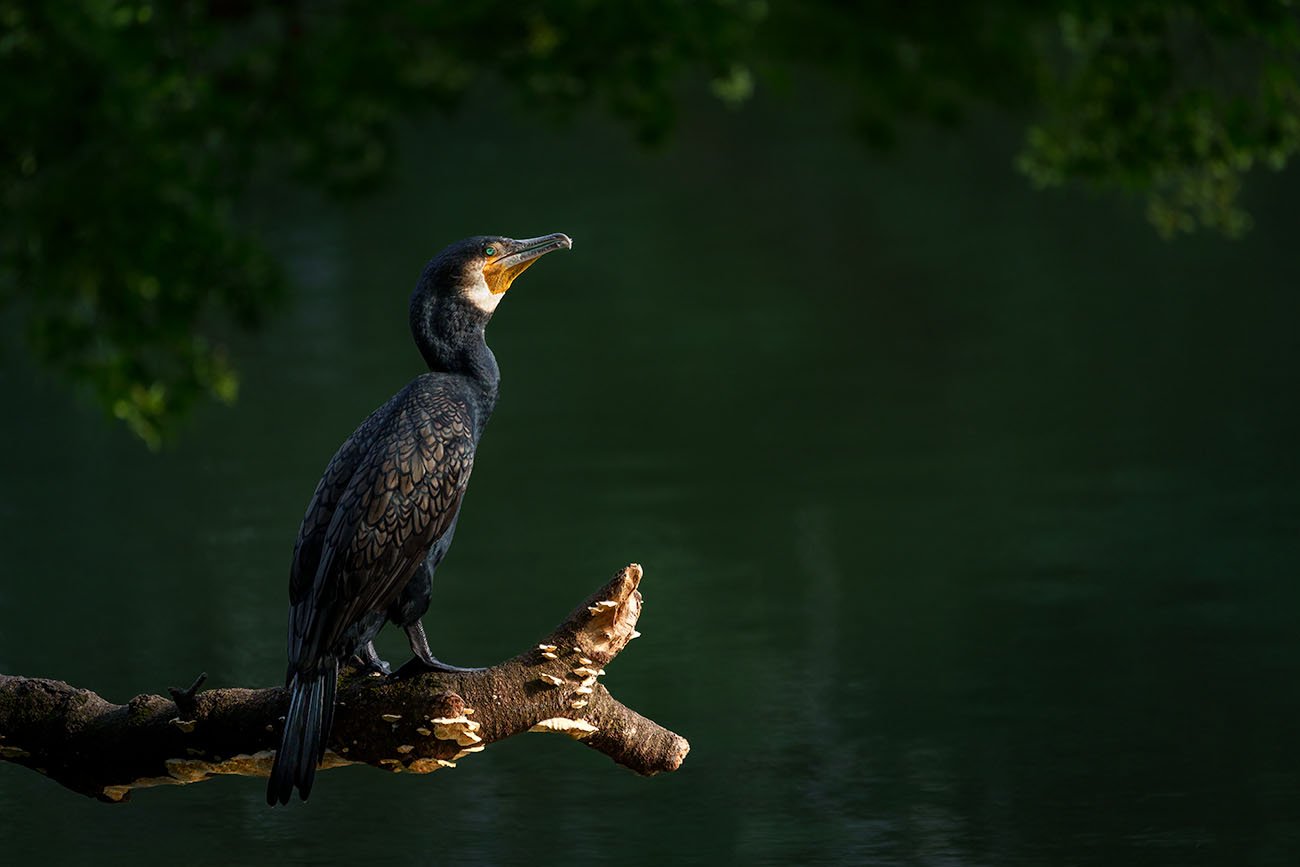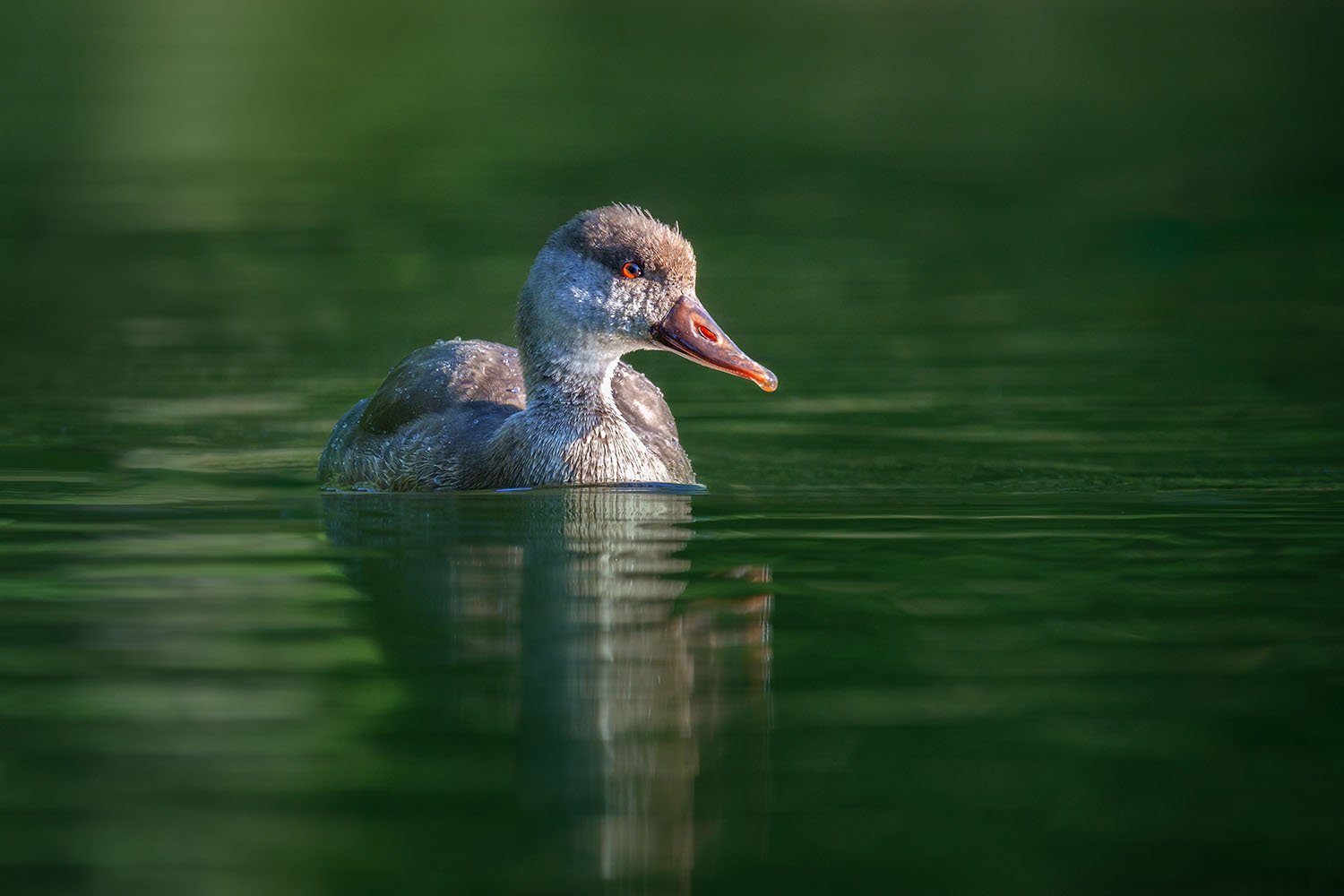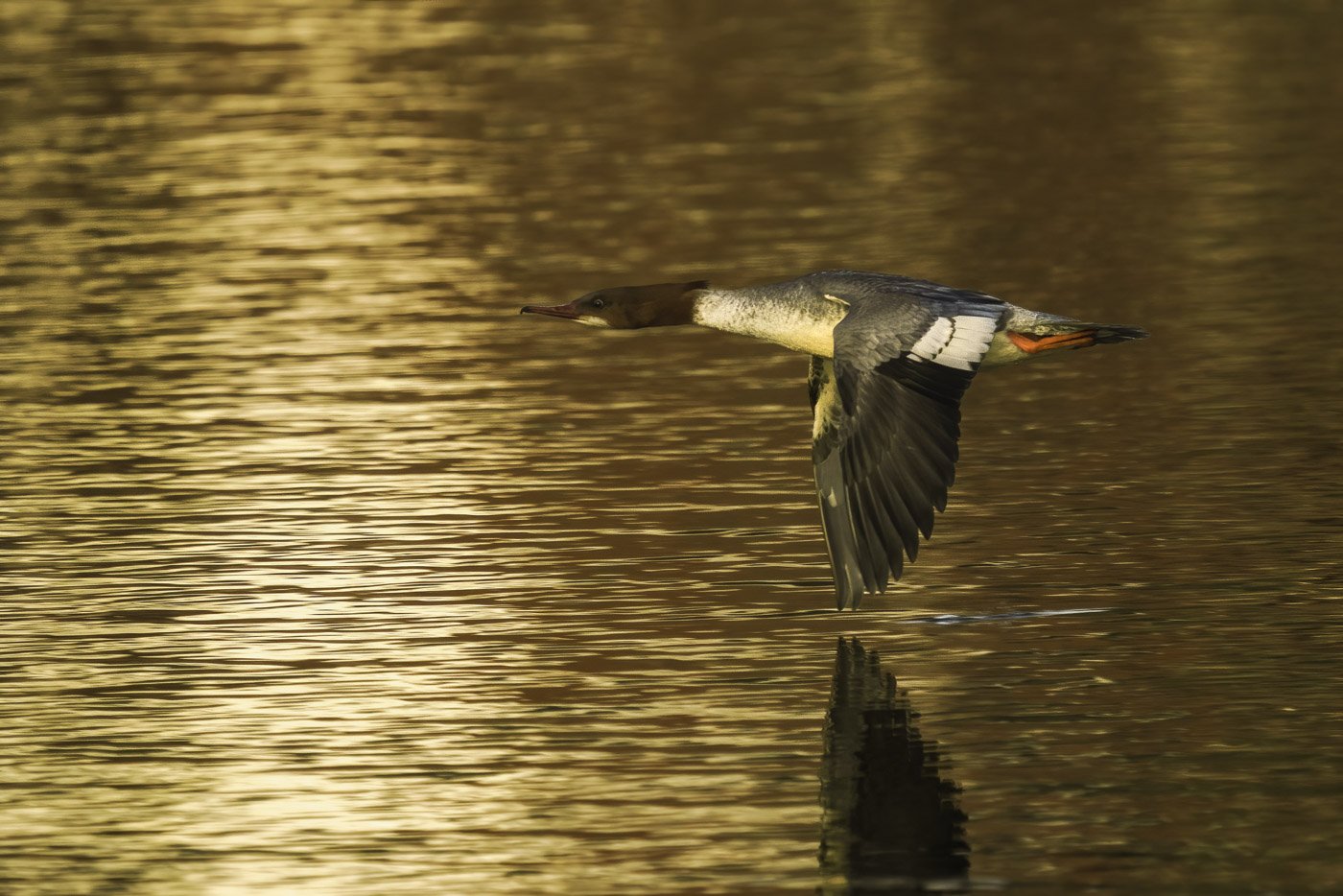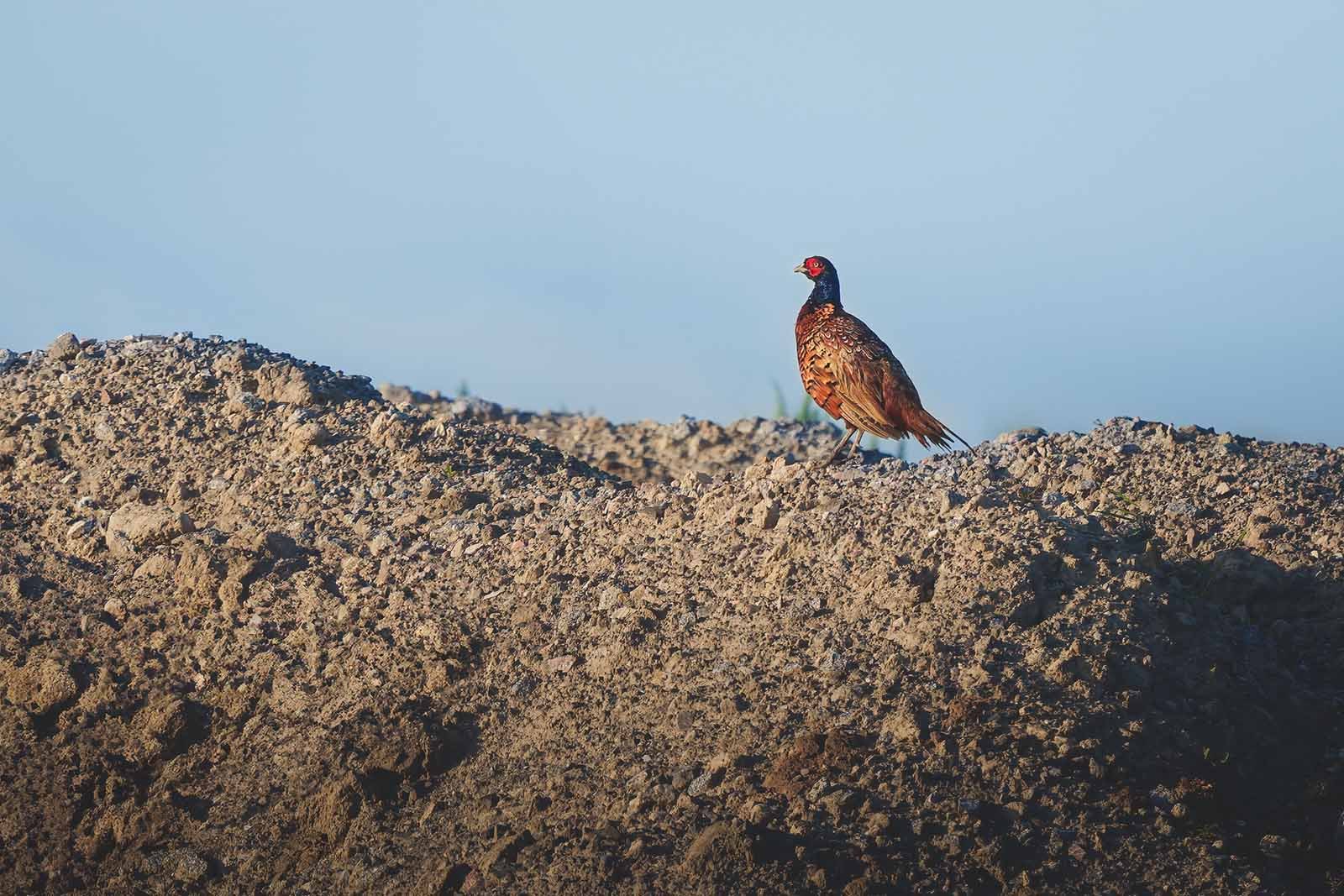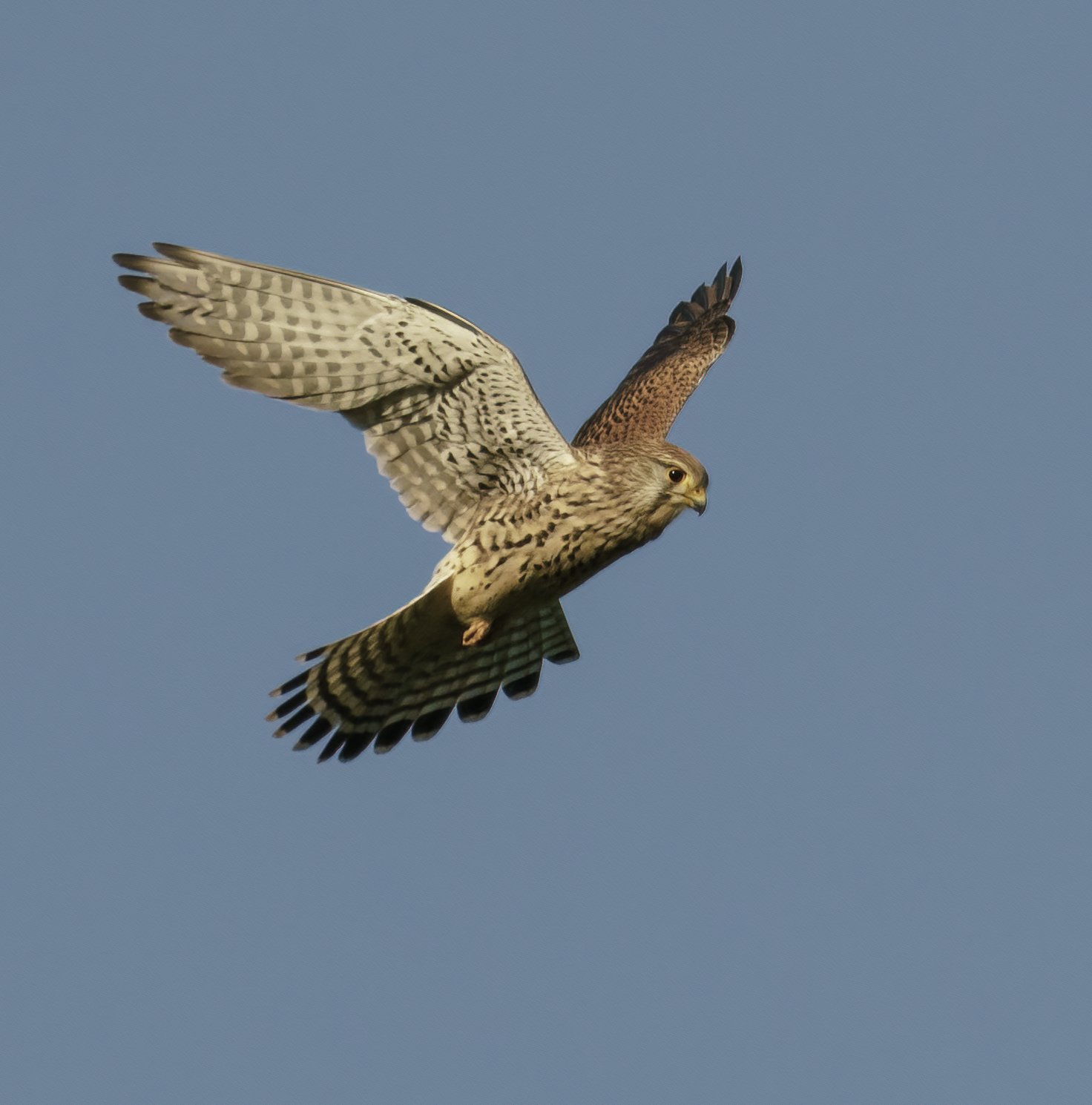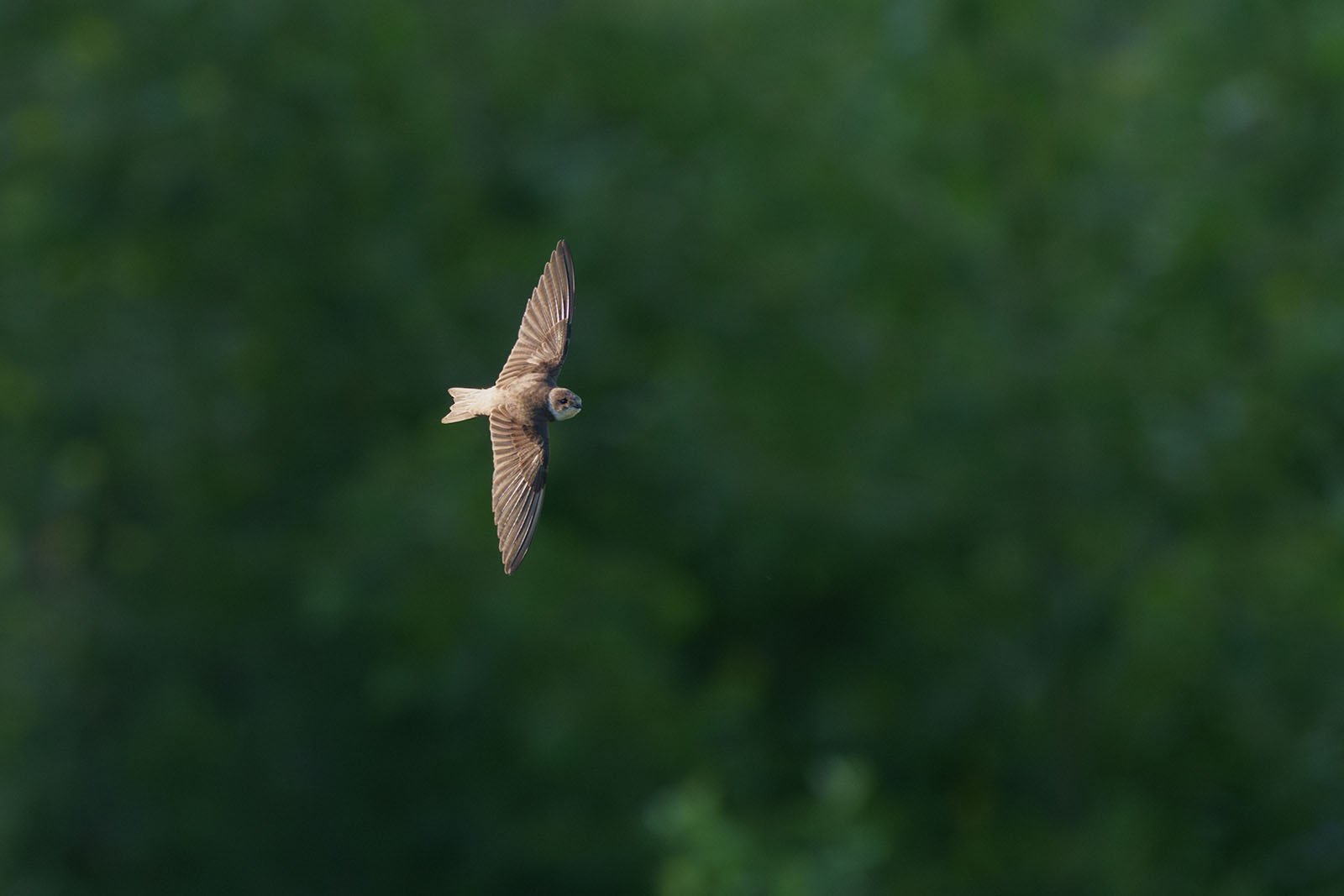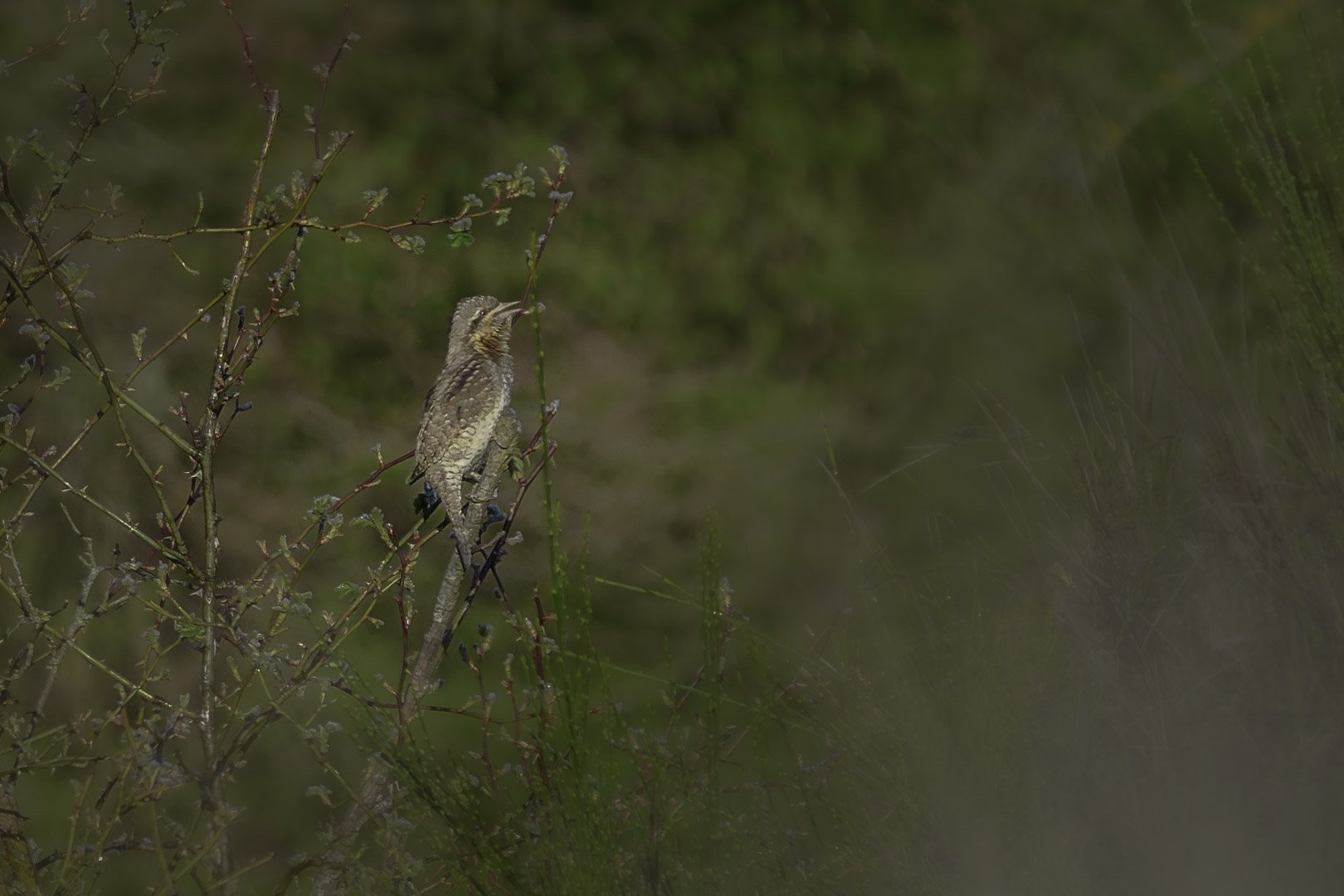The City Pigeon – A Survival Artist in Urban Life
City pigeon on a stone water spout
Table of Contents
- Basic Facts about the City Pigeon
- Introduction: From Rocky Cliffs to City Streets
- Appearance and Feathers: Colors and Adaptation
- Reproduction: Shared Care of Young Pigeons
- Diet: Between Nature and Leftovers
- Why the City Pigeon Is Often Seen Critically
- FAQ about the City Pigeon
- Shortlist – Color Characteristics of the City Pigeon
Basic Facts about the City Pigeon
- Size: 31–34 cm
- Appearance: Variety of feather colors from dark gray to almost white, often with shiny green-blue tones
- Habitat: Worldwide in cities; originally in coastal and rocky areas
- Reproduction: Both parents care for the young; nests often on buildings
- Diet: Seeds, grains, berries; in cities, also bread and sometimes garbage
Introduction: From Rocky Cliffs to City Streets
The city pigeon comes from the rock pigeon (Columba livia f. domestica), which originally lived on rocky coasts. In cities, pigeons have found buildings, bridges, and statues to replace cliffs as nesting places. Their ability to adapt and live close to people has made them a common part of city life. Today, city pigeons live in almost every major city worldwide, showing how well they can adjust to urban conditions.
Appearance and Feathers: Colors and Adaptation
City Pigeon close-up
City pigeons have a unique and varied appearance. Their feather colors range from dark gray to almost white and sometimes even reddish tones. Most pigeons have shiny green-blue tones on their head and neck, which sparkle in the sunlight and make them stand out from other birds.
One distinct feature is their short, strong beak, which is brown-black with a light, waxy area at the base. This waxy area protects their nostrils. Their eyes are bright and lively, in shades from orange-yellow to red, giving them an alert and curious look. Their feet are strong and scaly, with bright red or pink color and sharp, dark claws – perfect for gripping narrow ledges and building edges safely.
Reproduction: Shared Care of Young Pigeons
City pigeons reproduce in sheltered spots that resemble their original cliff homes, like building ledges and niches. Both parents build a simple, loose nest and help feed the young. At first, the chicks are fed with pigeon milk – a nutrient-rich liquid produced by the parents just for the chicks. After a few days, the parents switch to feeding the chicks softened seeds, which help them get ready to find food on their own.
Diet: Between Nature and Leftovers
In the wild, city pigeons eat mostly seeds, grains, and berries. In the city, however, they have adapted their diet to include human food leftovers like bread and other scraps. This new food source helps them survive in urban areas, but it also has downsides. Eating unnatural foods can affect their health and behavior, as it is different from their natural diet.
Why the City Pigeon Is Often Seen Critically
Because city pigeons live so close to people, they can sometimes cause problems. Their nests and droppings can dirty buildings, and large numbers of pigeons in one area can create hygiene issues. For these reasons, many cities have programs to control pigeon populations. Despite these challenges, the city pigeon is a remarkable example of adaptability and survival, and a true part of the city ecosystem.
FAQ about the City Pigeon
1. What colors do city pigeon feathers show?
Their feathers range from dark gray to nearly white and often have green-blue tones on the head and neck.
2. Why do city pigeons have strong claws?
Their claws help them stay stable on narrow ledges and railings in the city.
3. What does a city pigeon eat?
In the wild, they eat mostly seeds and grains. In cities, they also eat leftover foods like bread and other scraps.
4. Why are city pigeons sometimes seen as a problem?
Their droppings can dirty buildings, and large groups of pigeons can cause hygiene issues in some areas.
5. Where do city pigeons like to build nests?
They prefer building ledges and niches that are similar to the cliffs of their original habitat.
Shortlist – Color Characteristics of the City Pigeon
- Feather Colors: Dark gray to almost white, often with shiny green-blue on the head and neck
- Wing Pattern: Two dark bands on the wings that match the urban gray background
- Eye Color: Orange-yellow to reddish, giving an alert and lively look
- Beak: Brown-black with a light, waxy area at the base
- Foot Color: Bright red to pink, with sharp, dark claws




